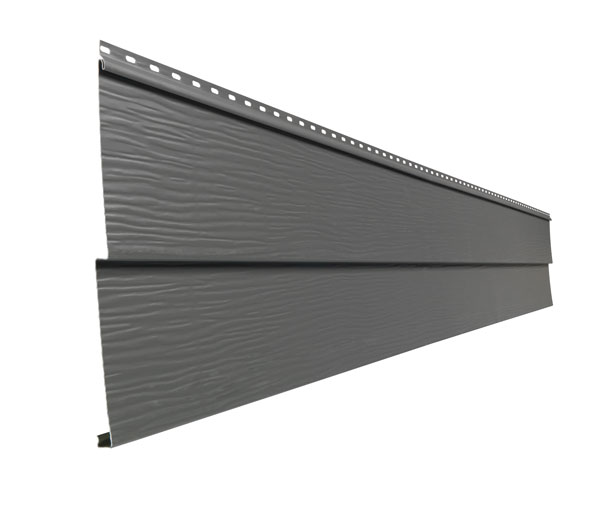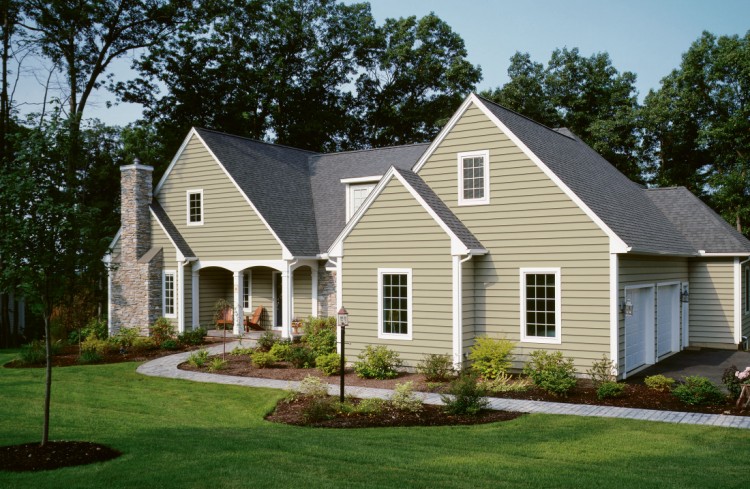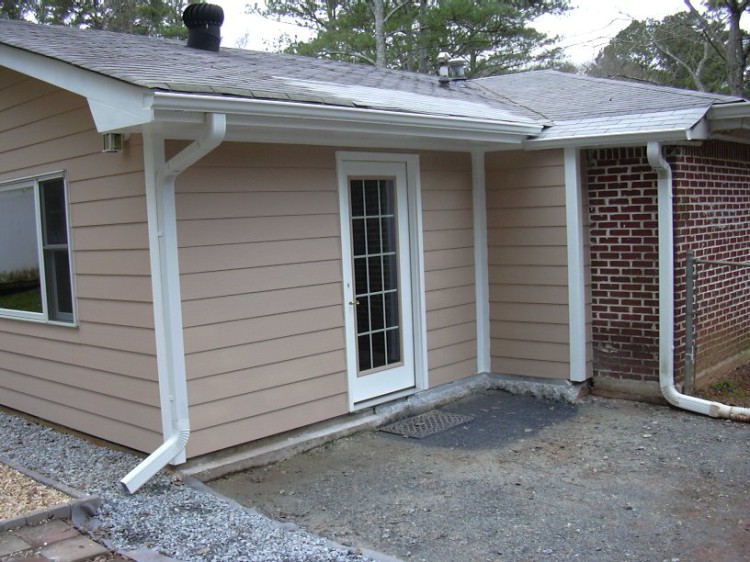Homeowners looking for exterior siding on their homes, should look into aluminum siding, which still remains a popular alternative to cheap vinyl siding and overly expensive wood siding. Aluminum siding offers many advantages to discerning homeowners who want a quality product for their home at a reasonable price. It is important to consider all the pros and cons of aluminum siding to decide whether this material will be a good fit for the style of your house and your personal needs.
PROS of Aluminum Siding

Resistant to extreme temperature fluctuations
A big benefit of aluminum siding is that it is a stable material at all temperature ranges. While extreme hot or cold temperatures can damage vinyl siding, aluminum siding remains unaffected, continuing to protect your home. This property makes aluminum siding a smart choice for homeowners who live in areas with extreme temperature variations.
Durable
Of all siding materials available, aluminum is one of the most durable and long lasting. The aluminum itself can last virtually indefinitely, and it is also a rotproof, waterproof, corrosion and termite resistant material. As a result, aluminum is able to withstand years of exposure to the elements. In terms of durability, aluminum by far outperforms vinyl siding. If your home is in a coastal area, aluminum siding would be a ideal choice, since aluminium reacts with air to form aluminium oxide. This is an extremely hard coating that seals the aluminium surface from further degradation and provides superior protection for your home.
Low Maintenance
Apart from removing occasional dents, aluminum siding requires very little regular maintenance. Once the aluminum siding colors will fade, it can be easily repainted to look like new. An added benefit is that the extra layer of new paint will not only improve the appearance of your home, but will actually improve the durability of the siding as well. A good paint job on aluminum siding can last for about 20 years.
Provides insulation and energy efficiency
Aluminum siding is a great insulator. It adds more insulation to your home then vinyl siding. Additional insulation can help reduce your heating and cooling costs, particularly if you live in a colder climate.
Aesthetically appealing
Many homeowners really like the attractive look of aluminum siding. This material is available in a wide range of styles including horizontal, vertical panels and a broad array of prefinished colors. Alumnim siding is also available in a variety of textures including wood shake/shingle style. Note that it is not possible to do detailed trim work with aluminum siding.
CONS of Aluminum Siding
Cost and availability
Aluminum siding is expensive. Much more expensive than vinyl siding and even more expensive than cedar. On average, 1 square of aluminum siding will cost $275-300, just for panels. This cost does not include trim.
Additionally, aluminum siding is very hard to find. I had to call 5 different suppliers until I found on carrying aluminum siding and their on hand stock was nine 8″ x 12′ clapboard panels, only available in white. Others did not even sell it. So to today if you plan to have horizontal aluminum siding installed, plan to spend an are and a leg, and hope you can find enough for your home. You can use our Siding Calculator to estimate aluminum siding cost.
Issues with color
Unlike vinyl siding, the original color of aluminum siding will eventually fade. In addition to gradual fading, the prefinished paint is known to also chalk, and run off onto the walls below siding and it can even wear down to bare metal. Scrubbing, washing or even steam cleaning aluminum siding cannot make it look the way it used to when it was new. This means that sooner or later you will have to repaint it. If you are willing to spend extra money, now you can purchase vinyl coated finishes that will help alleviate paint problems of cheaper aluminum siding products, significantly prolonging the fresh new look of your aluminum siding.
Difficult to repair in case of damage
In case aluminum siding gets damaged or punctured, it is a challenge to patch in a piece of metal. As a result, large scale repair jobs are both difficult and costly. Repairing a hole or damaged part of aluminum siding requires removal of a very large piece of planking, or the use of metal sheers that can leave visible cuts if not used properly.
Prone to denting
Alluminum siding can be dented or damaged by impact. If you live in a area that gets a lot of hail storms, aluminum siding would not be a good option to protect your home. Similarly, aluminum may get easily damaged if you live in a high traffic area where debris or sticks could hit the siding, or there are lots of children who may bounce balls off of it. Dents on aluminum siding will not spring back like they might in vinyl siding and the strip may need to be replaced or refinished to make it look right.

Unwanted Noise
Because aluminum siding is made of light, flexible metal it is prone to being noisy when the wind starts to blow hard. As a result you get a lot of “pinging” sounds when aluminum siding rattles in high winds. Similarly, you may hear additional unwanted noise if it rains really hard. Consequently, if you live in area that is prone to strong winds and/or heavy rain fall and you are also sensitive to outside noise, aluminum siding may not be the best option for you.



